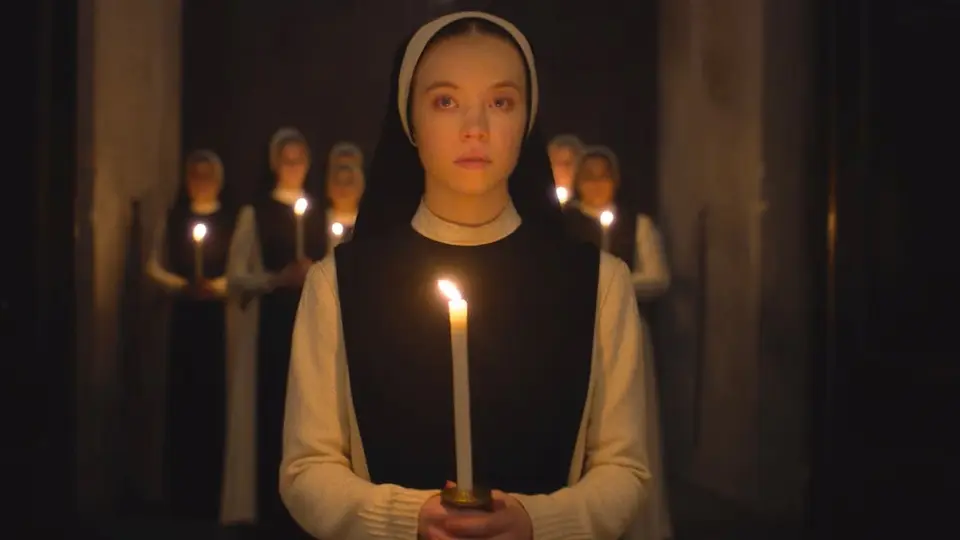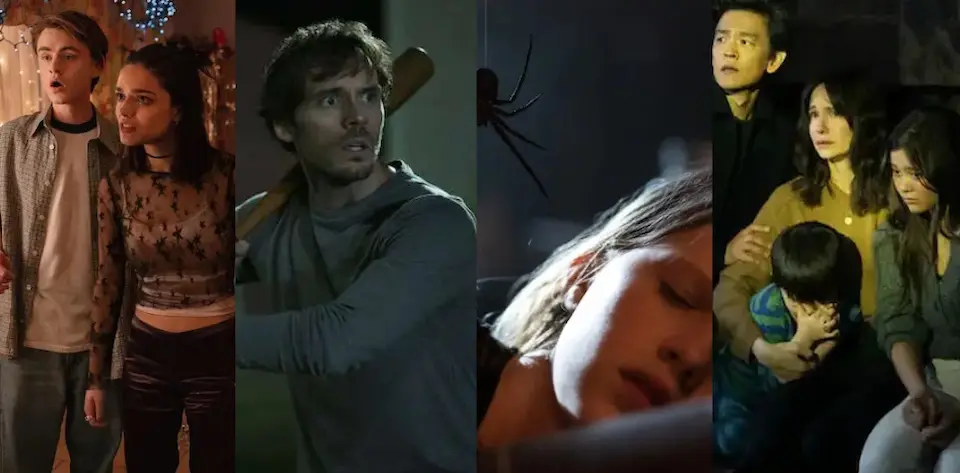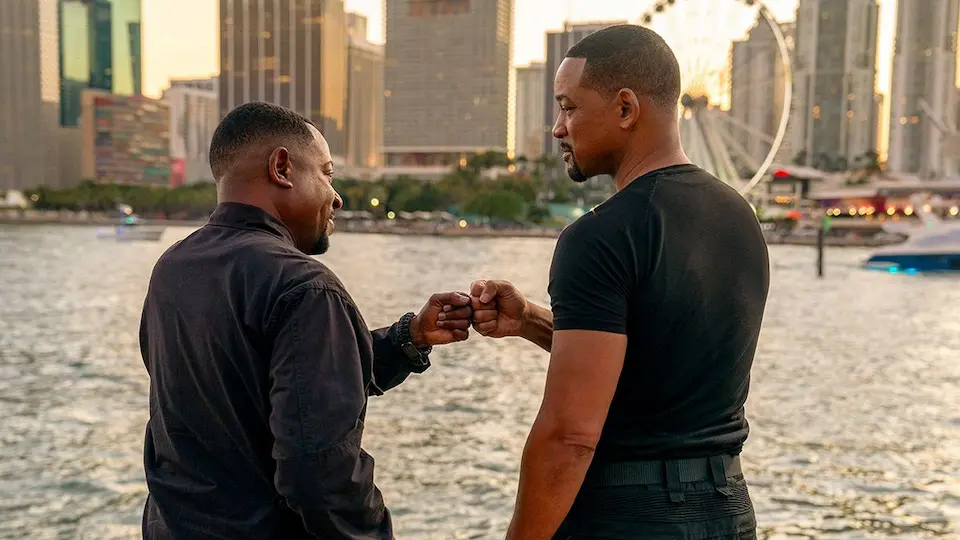“The Zone of Interest”: Exploring the Darkness of History
The Zone of Interest is the winner of the Academy Awards for Best International Feature Film and Best Sound.
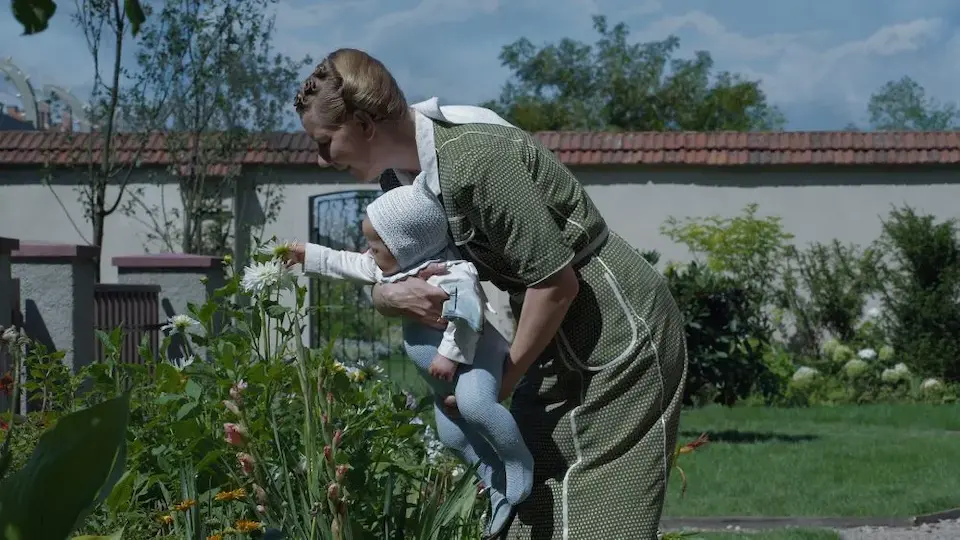
Summary
The film focuses on the lives of Rudolph Höss (Christian Friedel), an Auschwitz commander, and his wife Hedwig (Sandra Hüller), who live with their children in a home in a “zone of interest” right next to the concentration camp. We get to see their idyllic family life, their beautiful house, and their perfect garden. What we can’t see, but we also can’t forget, is what’s happening on the other side of the garden wall.
A Thorough Commitment to the Period
Jonathan Glazer first became interested in developing The Zone of Interest after reading the novel of the same name, written by Martin Amis. The book in question was loosely based on Rudolph Höss and his wife. Glazer decided to portray the historical figures instead of those characters, so he began extensive research on the Höss family and their lives near the concentration camp.
The original house has been a private residence since the end of the war, and the merciless pass of time made it impossible to use as a film location. The movie required the house to look as new as it did at the time the Höss family was living there. A similar house was built a few hundred yards away, and production designer Chris Oddy spent months converting this new house into a replica of the original, including Hedwig’s beloved garden. The camp buildings were recreated through the use of computer-generated graphics.
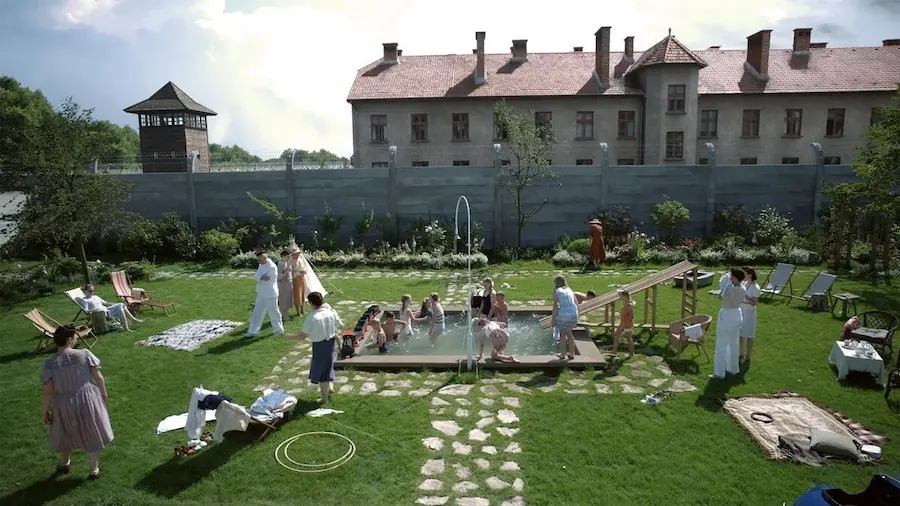
To achieve the director’s vision, the cameras were embedded in and around the house and kept running simultaneously. Both Glazer and the cinematographer, Łukasz Żal, stayed away from the actors, remaining in different places with their respective crews.
Characters: Less Is More
The placement of the cameras and the lack of dramatization give you the feeling that you’re observing a real family’s daily life. It’s possible to forget that the people you’re watching on screen are actors.
These days, it is not uncommon to find movies that tend to explain things by “telling” instead of “showing”. I’m talking about those films where the characters have unrealistic and anticlimactic “talks” in which they explain each other things they should already know because writers lack the ability to communicate that relevant information otherwise.
In The Zone of Interest, Glazer manages to tell the story using almost no dialogue. He can explain (or at least imply) what is going on and the characters’ personalities and feelings, simply by showing them going about their day and having casual conversations with each other.
For example, I think you can tell a lot about Hedwig by observing the way she interacts with her mom, with her maids, and most importantly, with her husband. The scenes they share give you an idea of the dynamics of their marriage.
The Sound Design: The Biggest Success
The film doesn’t rely on music to build atmosphere. A score was written for the project, but it ended up being cut almost entirely in post-production. The sound designer, Johnnie Burn, spent months building a sound library that included sounds of manufacturing machines, crematoria, furnaces, period-accurate gun fires, and human sounds of pain. A map of the camp, as well as testimonies, were also used to determine the distance and echoes of the sounds to make it accurate to what the real inhabitants of the house could hear at the time.
This was very important, for the director didn’t want to show what was occurring on the other side of the wall, but he wanted the audience to be able to hear it. The decision creates a very disturbing experience. The contrast of the two different realities that seem worlds apart; only separated by a wall. We’re shown peaceful images of children playing, Hedwig tending to the garden and working around the house, and Rudolph coming home to them, but the terrible noises are always there. They never stop.
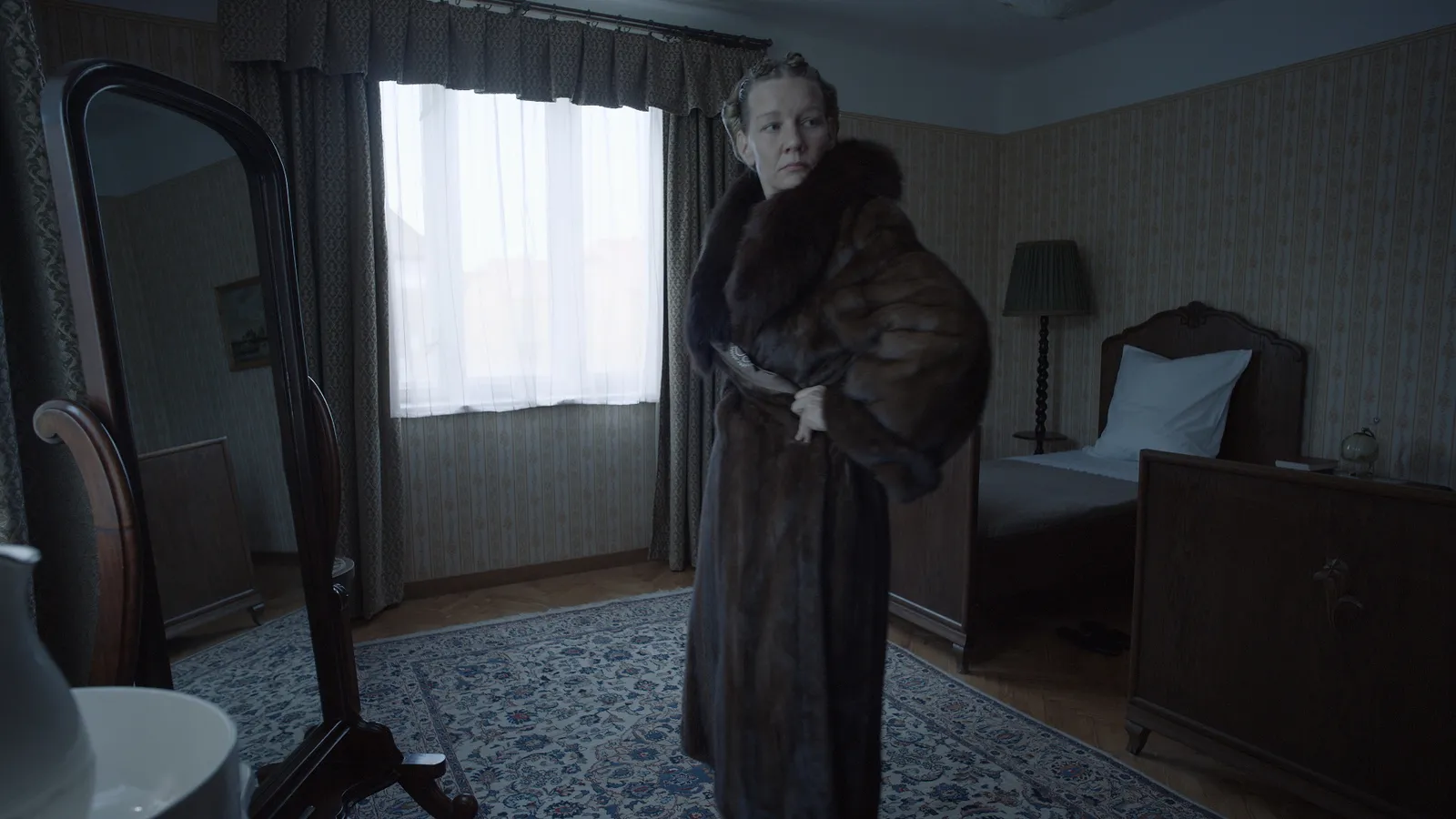
Maybe the worst thing is not the noise in itself, but the total indifference displayed by the inhabitants of the house. While the children might be ignorant of what is going on, the adults are perfectly aware there are people being murdered mere steps away from them, and they have chosen to coexist with it. Those people’s suffering is none of their business.
The visit of Hedwig’s mother, an outsider to the household and to the neighboring situation, gives us a different perspective. The woman seems disturbed and uneasy by what she hears and is unable to shut it down as easily as her daughter. The horror she experiences while seeing the light of the crematoriums at night from her bedroom window is enough to cause her early departure from the house.
Not For Everyone
While I don’t doubt its success at the Oscars last month will generate more attention for the film, The Zone of Interest probably will not appeal to the mainstream audience. The pace of the story is slow, and for those who watch it expecting a period drama, it will feel plain and uneventful. It’s not a film for everyone, nor is it one to watch on a Sunday afternoon to pass the time.
While it was not one of my favorites from last year, I do recognize the exceptional work that was done to create the atmosphere of the film, and transform it into an unsettling experience for the audience. If you’re interested in more experimental movies, I recommend you give this one a watch.

